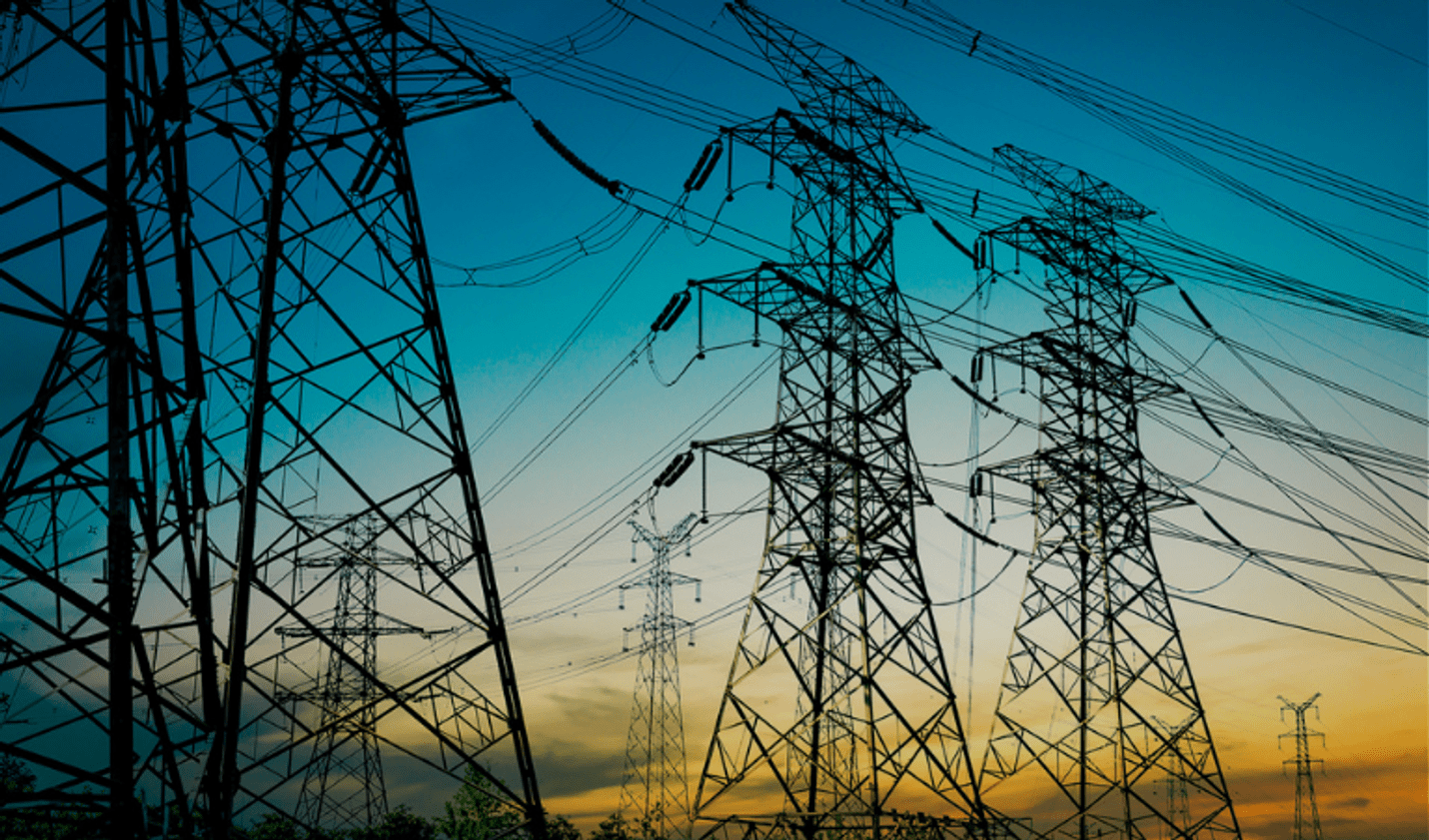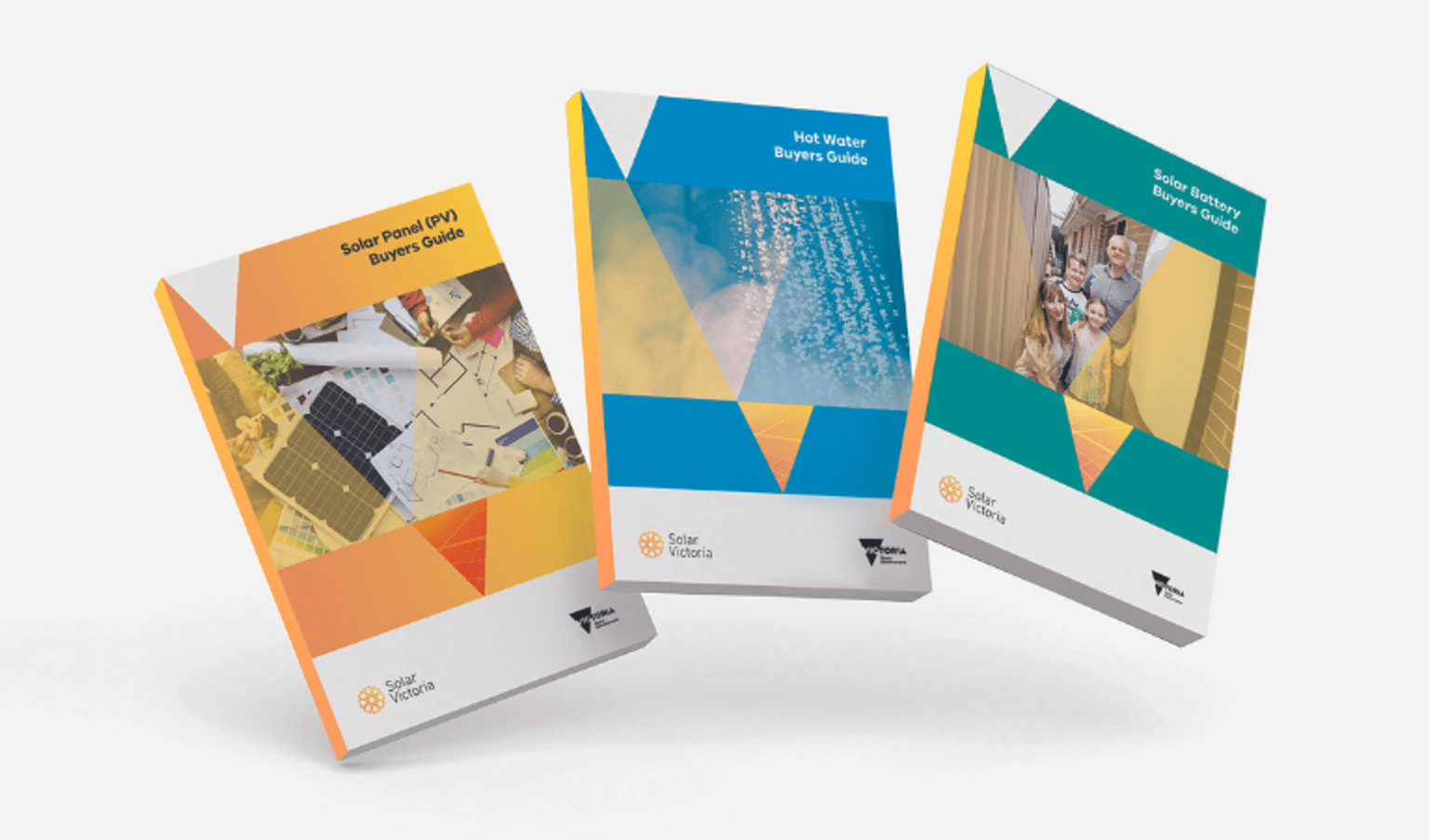What is a DNSP?
DNSP stands for Distributed Network Service Provider. They are the organisations that own and control the hardware of the distributed energy network such as power poles, wires, transformers and substations that move electricity around the grid. They also supply the electricity meter at your home.
In Australia there are different DNSPs for each state, and there can be multiple DNSPs within each state.
Victoria’s DNSPs are:
- CitiPower – Melbourne CBD
- Powercor – Western Victoria
- Jemena – Western inner Melbourne
- AusNet – Eastern Victoria
- United Energy – South-east Melbourne and the Mornington Peninsula
DEECA has an online tool(opens in a new window) that can help you find out who your distributor is.
Connecting your solar to the grid
Connecting to the grid can be a complex process. Your solar retailer will handle this process for you, but we do recommend applicants double-check that the retailer has sought pre-approval from your DNSP before installation.
This ensures that when your solar system is installed, your meter is reconfigured to read any export of solar to the grid – and so you are approved to connect to the grid. For the majority of homes in Victoria, this will usually happen remotely.
If you are advised your meter needs to be physically changed, a technician from your DNSP will need to attend your home. There will be a cost for this which will appear on your electricity bill. Your retailer will be able to inform you if this is required.
Once your system is up and running and connected to the grid you may be able to sell any excess energy you produce back to the grid through your electricity retailer. The amount you receive is called a feed-in tariff. Feed-in tariffs are set by the Essential Services Commission.
How to make the most of solar
However, feed-in tariffs aren’t the best way to save with solar.
One of the best ways to reap the benefits of reduced energy bills, is to make sure you are using the clean, affordable energy you generate during the day.
Your solar system will be generating the most power during daylight hours. To make use of this, run your heavy-duty appliances like the dishwasher, washing machine and dryer during the day. That way you are using the power as it is being produced.
It’s also a good idea to stagger your energy consumption during the day. This means running your washing machine in the morning and your dishwasher in the afternoon, so that you won’t overdraw on your system.
You may also want to take a look at the Victorian Energy Compare Solar Calculator to ensure you are accessing the best rate for your location and usage.
Learn more by reading How to get the most out of solar and Making the most of solar through efficiency and timing.
Updated




